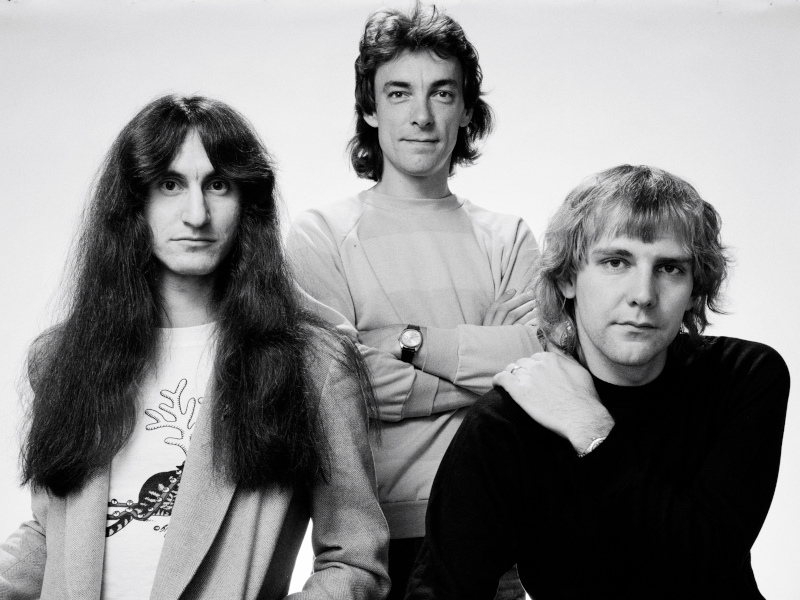
During a look back at Rush‘s 1981 breakthrough album, Moving Pictures, surviving members Geddy Lee and Alex Lifeson discussed the album’s breakout classic — “Tom Sawyer.”
Geddy Lee told Classic Rock, “I mean, when we were working on ‘Tom Sawyer,’ actually for the longest time it was the worst song on the record. We had more trouble with that song than almost any other song. I had real doubt about whether the song was working at all. I remember when we came to do the solo, and we’re having a lot of trouble getting a sound that (to Alex Lifeson) you were happy with. All of a sudden, (album engineer) Paul Northfield kind of jumped into action and came up with this idea of mic-ing the stereo speakers and doing your solo in a stereo spread. Then it gave it that kind of tubular sound. And then it finally came to life.”
He went on to recall, “But when we finished and were even mixing the song, we’d had problems with the computer that was running the mix, so we all had our hands on different parts of the console, operating it manually because we didn’t trust the f***ing thing. . . Then when we heard it back in full, it was like: ‘Holy f***!’ when those bass pedals came in. It was like: ‘Okay, this works.’ But up until that point there was a lot of doubt about that song.”
Alex Lifeson went on to say “It went from being this immovable thing to being the obvious candidate to open the record — that opening and then Neil (Peart’s) drums. But I do remember it being a real relief to tick off the chalkboard.”
Geddy Lee explained: “We always had a chalkboard. We’d put the songs up and the parts left to record, and would check them off as we worked.”
1981’s Moving Pictures remains Rush’s biggest album to date, while “Tom Sawyer” remains their best-known song. Alex Lifeson recalled for us the impact the record had on the Canadian band’s career at the time: “That took us up to the next level. After the release of that album, we were headlining everywhere we were going, and, y’know, our audiences increased by a large percentage. And it just gave us that much of a push forward into what was coming.”
Not too long ago, Rush’s late, great drummer and lyricist Neil Peart spoke with George Stroumboulopoulos and shed light on the importance of the Moving Pictures sessions: “We had been together for six years and had had enough success that the industry wasn’t leaning on us anymore about what we were going to do. And there was a real maturity (and) coming of age for us as a band, because we had been doing so much experimenting of all kinds as individual instrumentalists and as a group of instrumentalists. . . There was nothing self-indulgent, or so-called pretentiousness about it. It was true boyish enthusiasm that was involved in creating all those things.”


